1. Multi-Shooting DDP optimization for a for a 7-DoF Quadruped using Quasi-Newton (2020-2023)
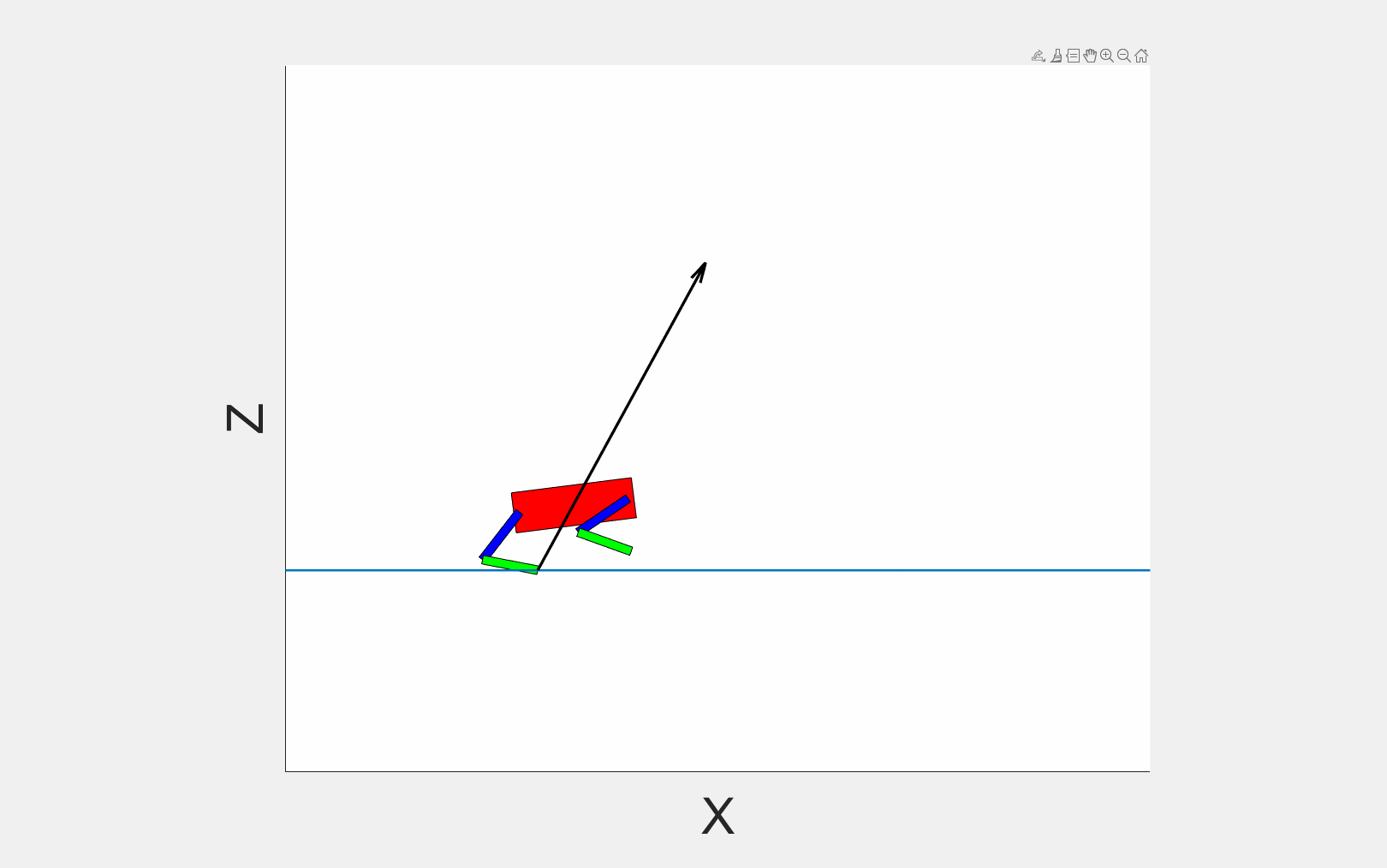 9-phase Double-Gait trajectory for a 7-DoF planar quadruped
9-phase Double-Gait trajectory for a 7-DoF planar quadruped
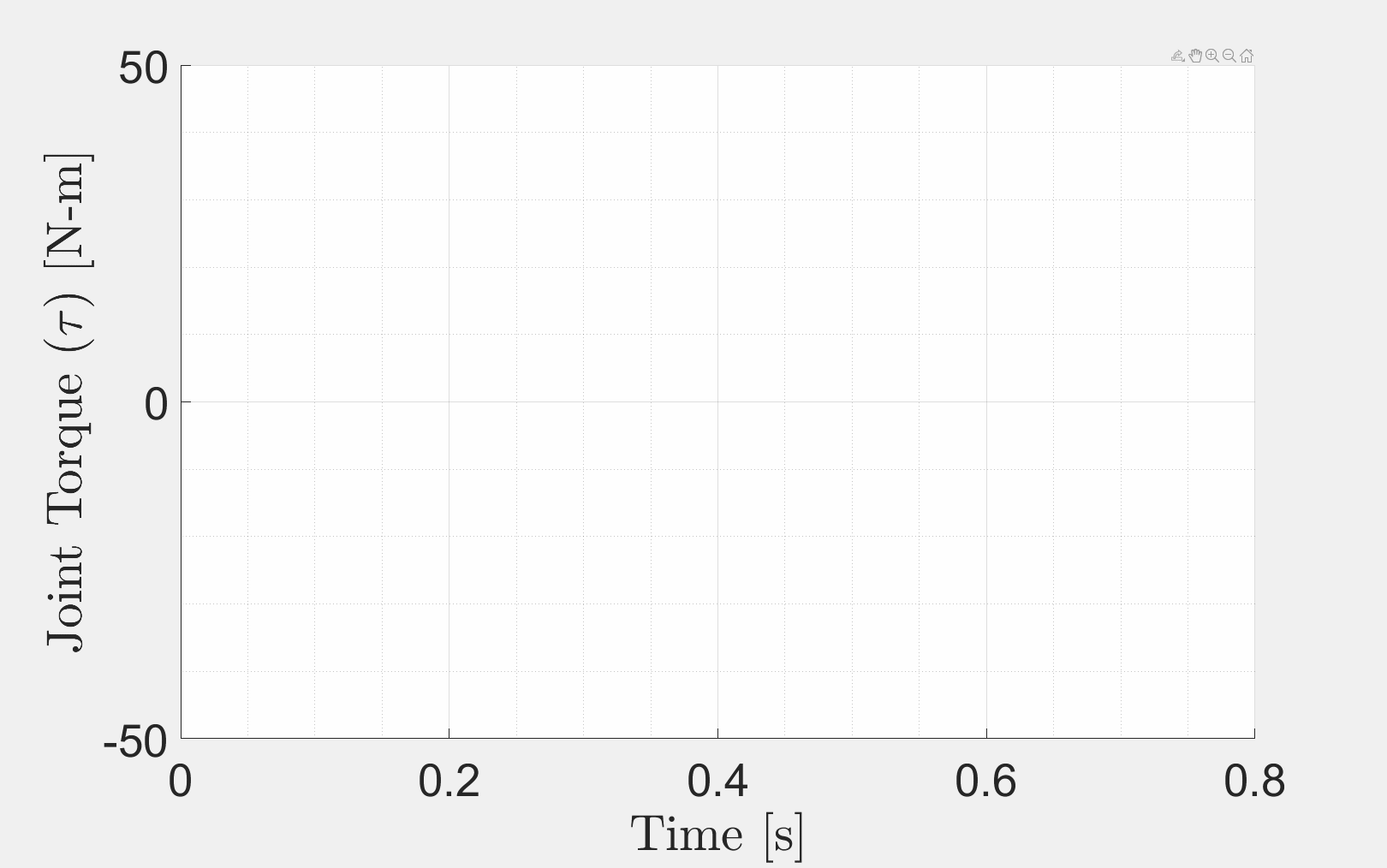 Torque history for the 9-phase trajectory
Torque history for the 9-phase trajectory
Differential Dynamic Programming (DDP) is a popular technique used to generate motion for dynamic-legged robots in the recent past. However, in most cases, only the first-order partial derivatives of the underlying dynamics are used, resulting in the iLQR approach. Neglecting the second-order terms often slows down the convergence rate compared to full DDP. Multi-Shooting is another popular technique to improve robustness, especially if the dynamics are highly non-linear. In this work, we consider Multi-Shooting DDP for trajectory optimization of a bounding gait for a simplified quadruped model. As the main contribution, we develop Second-Order analytical partial derivatives of the rigid-body contact dynamics, extending our previous results for fixed/floating base models with multi-DoF joints. Finally, we show the benefits of a novel Quasi-Newton method for approximating second-order derivatives of the dynamics, leading to order-of-magnitude speedups in the
convergence compared to the full DDP method.
Skills used: C++, Fortran, Optimization, Spatial Vector Algebra
Code , Paper
2. Analytical Partial Derivatives of Rigid Body Systems (2020-2023)
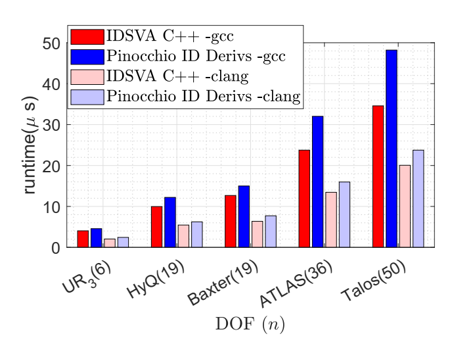 CPU Runtime for Floating Base Robots
CPU Runtime for Floating Base Robots
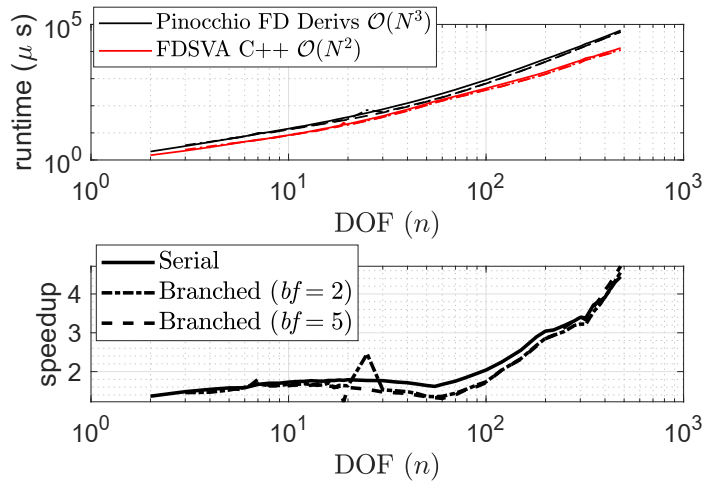 CPU Runtime for serial/branched chains
CPU Runtime for serial/branched chains
An essential need for many model-based robot control algorithms is the ability to quickly and accurately compute partial derivatives of the equations of motion. State of the art approaches to this problem often use analytical methods based on the chain rule applied to existing dynamics algorithms. Although these methods are an improvement over finite differences in terms of accuracy, they are not always the most efficient. In this paper, we contribute new closed-form expressions for the first-order partial derivatives of inverse dynamics, leading to a recursive algorithm. The algorithm is benchmarked against chain-rule approaches in Fortran and against an existing algorithm from the Pinocchio library in C++. Tests consider computing the partial derivatives of inverse and forward dynamics for robots ranging from kinematic chains to humanoids and quadrupeds. Compared to the previous open-source Pinocchio implementation, our new analytical results uncover a key computational restructuring that enables efficiency gains. Speedups of up to 1.4x are reported for calculating the partial derivatives of inverse dynamics for the 50-dof Talos humanoid.
Skills used: C++, Fortran, Optimization, Spatial Vector Algebra
Code , Paper
3. Differential Dynamic Programming for Rigid Body Systems (2018-2023)
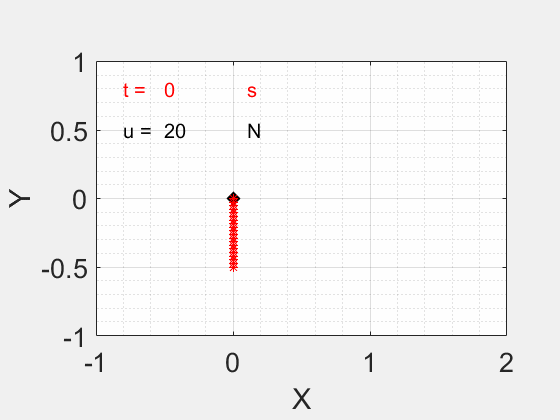 Cart-Pole System
Cart-Pole System
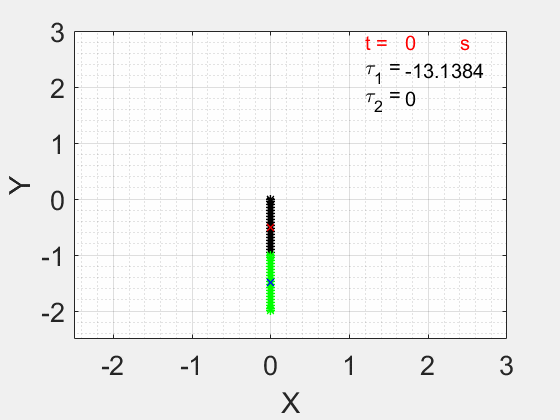 Pendu-bot control (with only τ 1) using DDP
Pendu-bot control (with only τ 1) using DDP
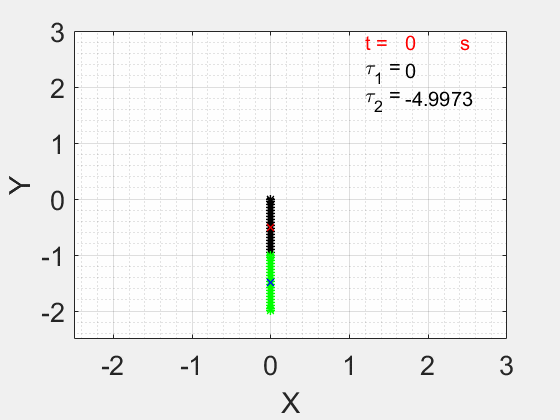 Pendu-bot control (with only τ 2) using DDP
Pendu-bot control (with only τ 2) using DDP
Multi Shooting Differential Dynamic Programming [MDDP] algorithm is benchmarked for legged robotic models like the underactuated pendubot and the cart-pole system. Experiments are done to adjust the MDDP tuning parameters and safeguard settings for the feedback matrices B, C, and D. It is found that the safeguarding multipliers are sensitive to the problem type, and can range from 0.1 to 100,000.
Skills used: Fortran, Optimization
4. TOWR for Urban Environments (Jan-May 2021)
 Modified Terrain for Right Turn
Modified Terrain for Right Turn
This project is aimed at simulating the behavior of quadrupeds to move in urban environments (hallways, buildings, turns, etc.) The popular
TOWR (Trajectory Optimizer for Walking Robots) library is used to implement obstacle avoidance constrained motion for quadrupeds. A number of constraints are implemented on the COM and legs of the quadruped to avoid cylindrical obstacles, make sharp turns, and reach a target. Depending on the target and obstacle positions, the quadruped chooses an optimal trajectory to reach in a given time. The entire coding framework is based on the IPOPT framework written in C++.
Skills used: C++, ROS, Optimization, IPOPT
Code , Slides
5. Trust Region Method Based on Cholesky Decomposition (Aug-Dec 2019)
Second-order optimization methods often use the Levenberg-Marquardt method to decide the step length. To improve the step length selection criteria, in this project, a trust region method based on Cholesky Decomposition used for second-order optimization algorithms is implemented. In the end, suggestions on the method are mentioned to use it for high degree-of-freedom systems like legged robots. This method is key in accelerating the use of the full second-order method for optimization-based robotics.
Skills used: MATLAB, Optimization
Slides
6. Methods of Orbit Determination (Jan-May 2018)
The problem of determining the future state of a satellite based on a set of observations is formulated and analyzed. Under the effect of various forces, the orbit of the satellite is estimated for 6 days using an Extended Kalman Filter formulation and is propagated for another day to report the state information in the ECI coordinate frame at the ∆V1 epoch. A high fidelity gravity model (20x20 non-spherical model) along with lunar, solar perturbations, solar radiation pressure, etc. are included for propagating the orbit and develop the analytical expressions required in the estimation process.
Skills used: MATLAB, Estimation, Navigation, Astrodynamics
Slides
7. Collaborative Air Autonomy- System of Systems (Aug-Dec 2015)
 ABM Simulation Space
ABM Simulation Space
The implementation of a collaborative air autonomy system of systems (SoS) on the Hoosier National Forest in Southern Indiana provides an effective means to combat fire threats. This study explores how to utilize air autonomy systems (UAVs) and ground-based systems (lookout towers and ground support vehicles) to detect forest fires more efficiently than isolated constituent systems. In order to support this analysis, an SoS was created through definition, abstraction, and implementation phases, including a research question motivated by the operational context, status quo, and barriers. The agent-based modeling (ABM) method was chosen to simulate the start and spreading of a forest fire and how the proposed systems take action against the fires. Before building the ABM of the targeted SoS, a paper model was developed to represent the real-world situation. The model was used to translate real-world behaviors into a MATLAB program. From the simulation, the two hypotheses formed were tested and a trade-space analysis was completed contrasting the response time. Performance Index) to the cost of implementation for the suggested architecture. This trade study revealed that the best balance between cost and performance was a system based on multiple watchtowers with medium ranges with UAV speed improvements as a primary investment.
Skills used: MATLAB, Agent Based Modeling, Systems-of-systems
Slides








